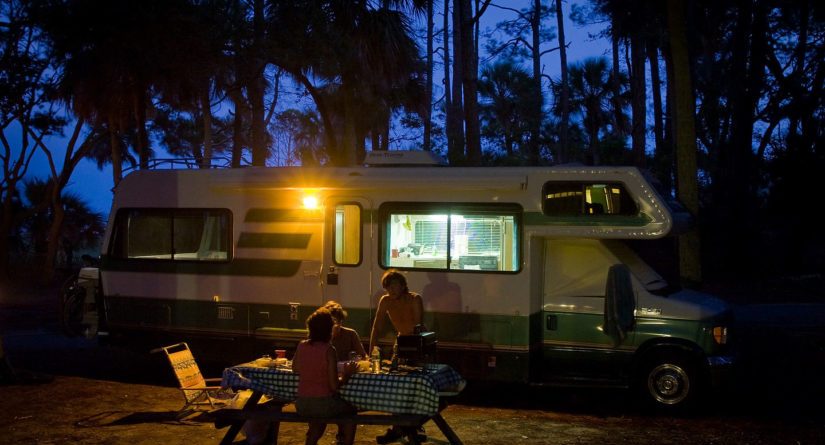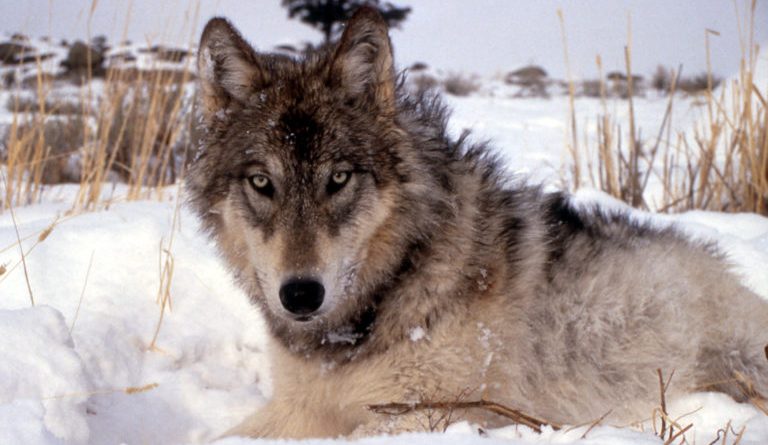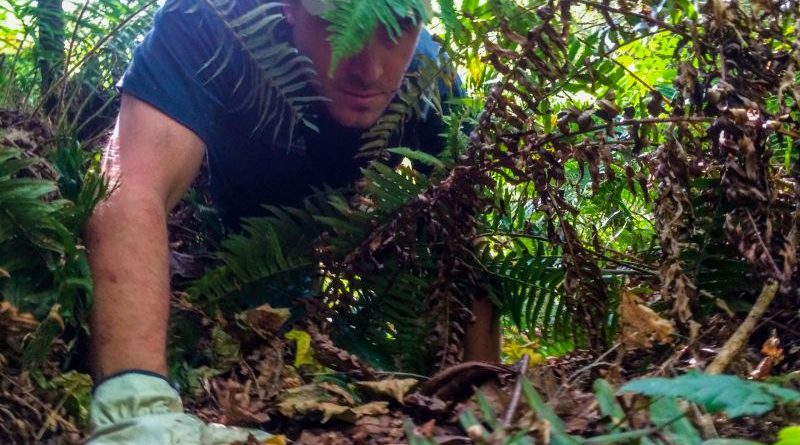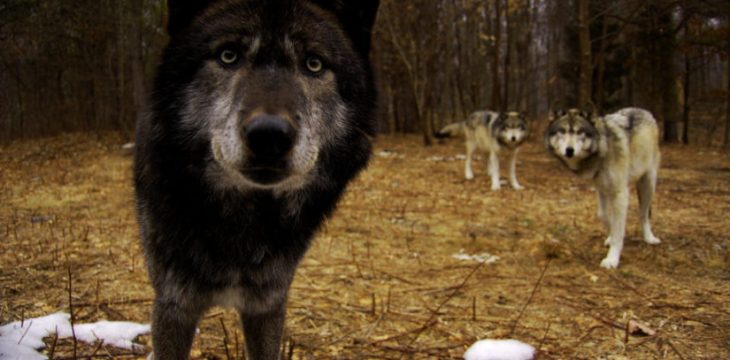Overview
Wolves are animal species which change their homes considerably due to prey species distribution, seasonal changes, human activities, and snow conditions. They can travel very many miles in one night. Young wolves tend to disperse for many miles before they can establish a local and stable home. Wolves that are non-resident normally pass through an area and never come back. Due to the above features, it can become very challenging to establish a specific location where wolves have settled. The presence of a wolf in a certain location in the past does not guarantee the return of the animal.
Wolves prefer gated roads and lightly travelled paths same as established game trails. They also undertake numerous scents marking along these trails. Therefore, trails and roads make good locations for setting up trail cameras. Wolves that belong to a certain pack will have their patterns more predictable during early summer or winter since they stick to a den. With their exceptional sense of smell and excellent vision, they can be drawn to camera locations or slowed down when travelling so that proper photos can be taken.
Trail camera location
Wolves tend to select locations that have middle low elevations and rolling topography instead of high topography. These are prime locations where trail cameras can be set up with high chances of capturing the wolves. They prefer these locations due to the presence of their primary preys such as elks and deers. As indicated earlier, wolves tend to follow human trails, roads, game trails, wetlands, and along ridgelines while travelling to their home range. They also leave behind recognizable scats and tracks along these routes.
Use of attractants
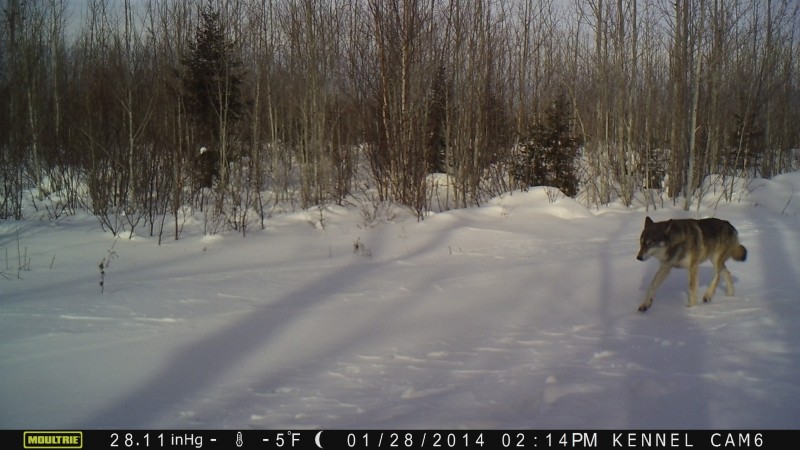 There are a variety of attractants that can be used to bring wolves closer to the camera or have them pause as they move along the field of view of the camera. These include trapper lures and scent lures. Bait, such as the carcass of a deer can be used also. Wolves are intelligent animals and they quickly find out about potential baits that have been laid by human beings. Therefore, it is good to ensure that the baits do not have human scents since they will tend to avoid them. if possible, fresh carcasses should be used since they tend to have a strong scent.
There are a variety of attractants that can be used to bring wolves closer to the camera or have them pause as they move along the field of view of the camera. These include trapper lures and scent lures. Bait, such as the carcass of a deer can be used also. Wolves are intelligent animals and they quickly find out about potential baits that have been laid by human beings. Therefore, it is good to ensure that the baits do not have human scents since they will tend to avoid them. if possible, fresh carcasses should be used since they tend to have a strong scent.
Trail cameras can be set up at the location where the carcass has been spotted. The carcass can also be moved to another location where there is a possibility of capturing better photos. The camera should be set as far away as possible from the carcass to ensure that it captures the entire carcass or to capture a wolf that is approaching the carcass. The trail camera can also be tested to make sure that it is near the carcass in a way that any movement of the carcass will automatically trigger the trail camera.
Apart from a carcass, other areas that attract wolves include refuse sites, bone yards and hunter camps. These are places where trail cameras and traps can be set up for efficient tracking of wolves.
Rendezvous sites
When there is pup rearing, the activities of wolves are significantly limited since they return to their dens. With some good expertise, these sites can also be identified. Wolves prefer to set their dens in areas that are secluded and a short distance from water sources. Wet meadows are also habitat features that can be used to predict the rendezvous sites. These are also some areas where trail cameras can be set up.
Trail camera tips
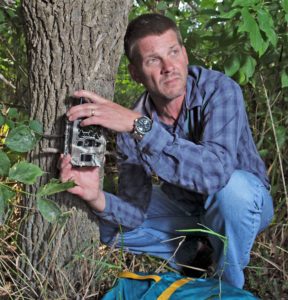 – The trail camera should be set as close as possible to the wolf tracks and trails. However, it is good to check the instructions from the manufacturer about optimal distances since trail cameras differ in make and model. The recommended range for most trail cameras is about 10-20 feet from the target. The camera should be placed either facing northwards or southwards to avoid the direct glare of the sun when facing the east-west direction.
– The trail camera should be set as close as possible to the wolf tracks and trails. However, it is good to check the instructions from the manufacturer about optimal distances since trail cameras differ in make and model. The recommended range for most trail cameras is about 10-20 feet from the target. The camera should be placed either facing northwards or southwards to avoid the direct glare of the sun when facing the east-west direction.
– Leave the camera unattended for up to 12 days to clear any human scent in the air. The wolves will feel secure enough to resume activity in the area. As much as it might be tempting, checking the camera too many times will fill the area with scent and scare the wolves away.
Conclusion
Trail cameras are a good way to identify the location of wolves and track them. With the combination of different methods and techniques, it is possible to capture good photos. However, it is good to set up the camera in the right way.

